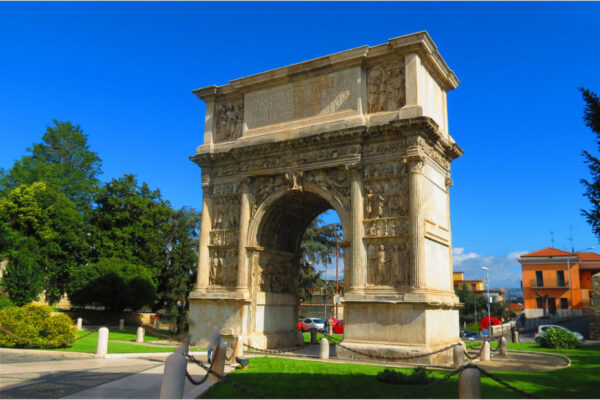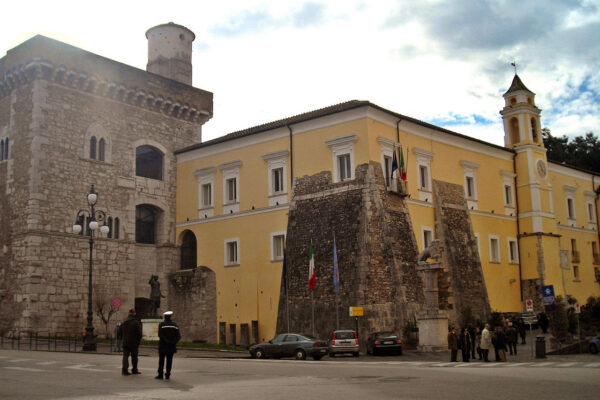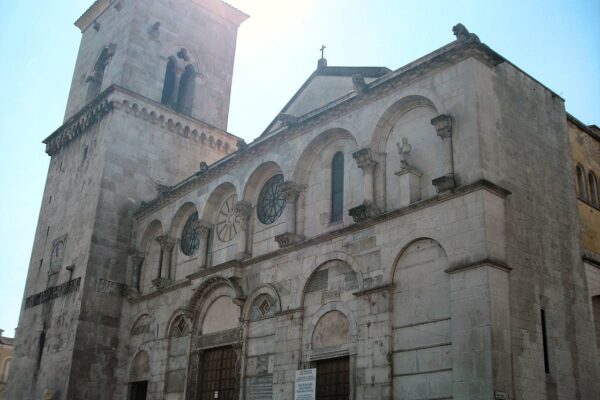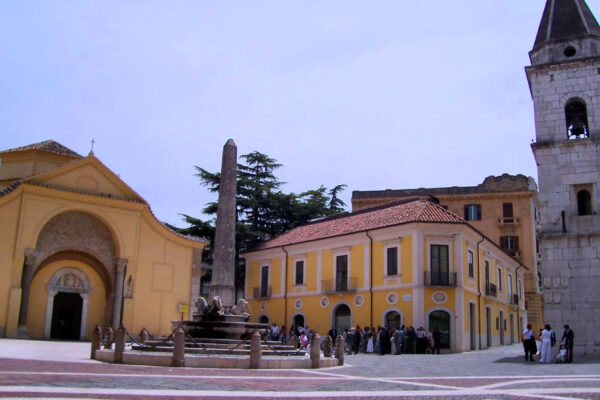IEEE Geoscience and Remote Sensing Society
Third IADF School on
Computer Vision for Earth Observation
IEEE Geoscience and Remote Sensing Society
Third IADF School on
Computer Vision for Earth Observation
Remote sensing techniques are utilized for a better understanding of the Earth and have impacted applications in weather forecasting, tracking biodiversity, land management, post-disaster relief, rescue management, and policymaking, to name a few. The amount of data acquired from sensors onboard Earth Observation (EO) satellites is increasing. For example, it is expected that Sentinel satellites will produce ten terabytes of EO data once fully operational. The availability of data from multiple sensors and satellites provides an opportunity to develop innovative methodologies for remote sensing applications.
As the IEEE GRSS IADF, after the success of the first school on Computer Vision for Earth Observation (CV4EO), we are pleased to announce its third edition open to everybody who has a strong motivation and interest in the topics addressed by it. This school will focus on applying CV methods to address challenges in remote sensing. It will be held in presence at the University of Sannio, in Benevento (Italy).
This school will focus on applying CV methods to address challenges in remote sensing. This school will contain a series of lectures on the existing methods utilized for analyzing satellite images, along with the challenges encountered. Each lecture will be followed by a practical session where the participants will go deep into the details of the techniques discussed in the lecture using some commonly used programming languages (e.g., Python) and open-source software tools. The material related to both lectures and practical sessions will be released to the audience.
The school is open to everybody who has a strong motivation and interest in the topics addressed by it. Participation is free of charge a completely supported by IEEE GRSS. The number of participants is limited to 30 to guarantee high-quality lessons with good interaction. If a higher number of registrations is received, the organizing committee will select 30 participants and the recorded lessons of the course will be later distributed through the GRSS YouTube channel. All will receive a certificate confirming their attendance at the school.
Covered Topics
Contact emails:
September 10, 2024
16:00 – 16:20 CEST
Welcome address
Prof. Fabio Pacifici VP of Technical Activities at IEEE – GRSS, Prof. Claudio Persello Chair of IEEE IADF Technical Committee
16:20 – 16:30 CEST
ESA Φ-lab presentation
Dr. Rafael Kargren, Head of Φ-lab Explore Office
16:30 – 17:00 CEST
Quantum Computing for Earth Observation (QC4EO)
Prof. Silvia L. Ullo
17:00 – 17:45 CEST
ESA Φ-lab activities on QC4EO
Dr. Alessandro Sebastianelli Research Fellow on QC4EO at Φ-lab Explore Office
18:30 CEST
WELCOME EVENT (light dinner)
September 11, 2024
09:00 – 09:30 CEST
GREETINGS
09:30 – 11:00 CEST
Deep Learning in Super-resolution (Part I)
Prof. Mercedes Eugenia Paoletti & Zhaoyue Wu, University of Extremadura, Spain
11:00 – 11:30 CEST
COFFEE BREAK
11:30 – 13:00 CEST
Deep Learning in Super-resolution (Part II)
Prof. Mercedes Eugenia Paoletti & Zhaoyue Wu, University of Extremadura, Spain
13:00 – 14:00 CEST
LUNCH
14:00 – 15:30 CEST
Deep Learning for SAR Data Analysis (Part I)
Prof. Michael Schmitt & Dr. Francescopaolo Sica, University of the Bundeswehr, Germany
15:30 – 16:00 CEST
COFFEE BREAK
16:00 – 17:30 CEST
Deep Learning for SAR Data Analysis (Part II)
Prof. Michael Schmitt & Dr. Francescopaolo Sica, University of the Bundeswehr, Germany
September 12, 2024
09:30 – 11:00 CEST
Machine Learning and Earth Observation for the Sustainable Development Goals (Part I)
Prof. Claudio Persello, University of Twente, Netherlands
11:00 – 11:30 CEST
COFFEE BREAK
11:30 – 13:00 CEST
Machine Learning and Earth Observation for the Sustainable Development Goals (Part II)
Prof. Claudio Persello, University of Twente, Netherlands
13:00 – 14:00 CEST
LUNCH
14:00 – 15:30 CEST
POSTER & PANEL
15:30 – 16:00 CEST
COFFEE BREAK
16:00 – 17:30 CEST
POSTER & PANEL
18:30 – 22:00 CEST
GALA DINNER
September 13, 2024
09:30 – 11:00 CEST
From Pixels to Insights (Part I)
Dr. Fabio Pacifici, Maxar Technologies, USA
11:00 – 11:30 CEST
COFFEE BREAK
11:30 – 13:00 CEST
From Pixels to Insights (Part II)
Dr. Fabio Pacifici, Maxar Technologies, USA
13:00 – 14:00 CEST
LUNCH
14:00 – 15:30 CEST
Responsible AI: A Few Examples in Remote Sensing (Part I)
Prof. Pedram Ghamisi & Mr. Weikang Yu, Helmholtz-Zentrum Dresden-Rossendorf, Germany
15:30 – 16:00 CEST
COFFEE BREAK
16:00 – 17:30 CEST
Responsible AI: A Few Examples in Remote Sensing (Part II)
Prof. Pedram Ghamisi & Mr. Weikang Yu, Helmholtz-Zentrum Dresden-Rossendorf, Germany
17:30 – 17:45 CEST
CLOSING







Italy dominates the World Heritage Sites list, according to UNESCO, the United Nations’ cultural branch. It has 43 locations listed considered as places of outstanding cultural and historical value. This is more than any other European country and practically all major styles of Western architecture can be found in Italy.



